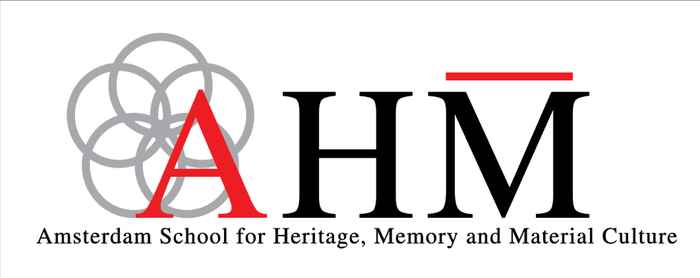PhD Defense: Bertha Bermudez Pascual
- Date
- 24 October 2025
- Time
- 11:00
- Location
- Aula - Lutherse kerk

This thesis explores how dance can be documented and preserved not only through written or visual records but also through the body itself. It asks: How can the archive become an embodied, performative space?
To answer this question, the study develops the concept of dance documentation networks. These networks bring together dancers, communities, archives, technologies, and researchers, showing that the preservation of intangible heritage is a collaborative and dynamic process. By approaching documentation as a network, the thesis highlights the ethical and political dimensions of whose voices and practices are included in cultural memory.
The research traces the history of documenting dance, from early notation systems to new multimodal approaches that combine writing, drawing, and digital tools. It introduces dance scores as flexible tools that allow knowledge to move between different worlds: artistic, academic, archival, and technological. This perspective shifts the role of the archive from a place of storage to a space of activation and transmission.
Two case studies illustrate these ideas: El Chimbángueles, an Afro-descendant ritual from Venezuela, and Bii-Biyelgee, a nomadic dance practice from Mongolia. Both cases reveal how dance embodies cultural identity, and how communities respond to external pressures such as colonial legacies or national heritage policies.
The thesis proposes a new vision of archives as living, performative spaces where cultural knowledge is preserved through movement and shared across generations.
You can find UvA dissertations in the UvA-DARE database.
